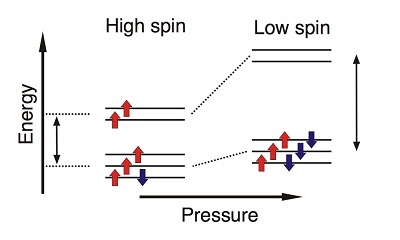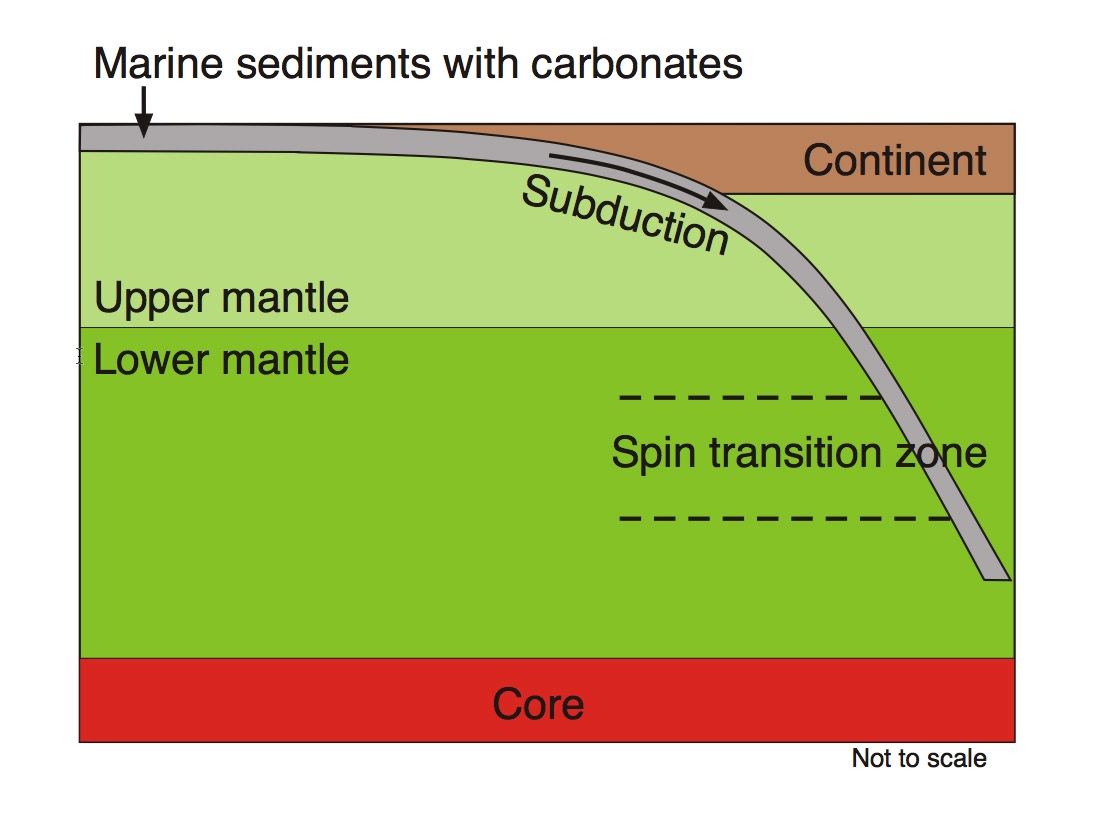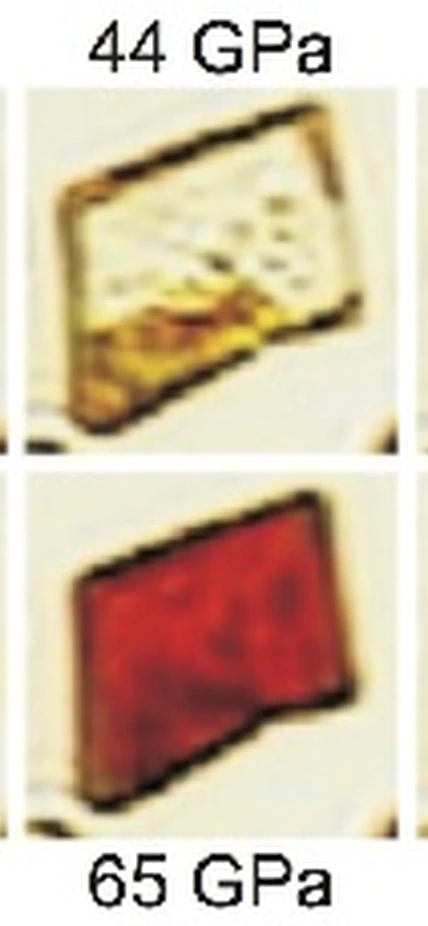Washington, D.C.— Carbonates are a group of minerals that contain the carbonate ion (CO32-) and a metal, such as iron or magnesium. Carbonates are important constituents of marine sediments and are heavily involved in the planet’s deep carbon cycle, primarily due to oceanic crust sinking into the mantle, a process called subduction. During subduction, carbonates interact with other minerals, which alter their chemical compositions. The concentrations of the metals gained by carbonate ions during these interactions are of interest to those who study deep earth chemistry cycles.
Carbonates were known to exist in the upper mantle due to their role in the deep carbon cycle. But it was thought that they could not withstand the more-extreme conditions of the lower mantle. Laboratory experiments and the discovery of tiny bits of carbonate impurities in lower mantle diamonds indicated that carbonates could withstand the extreme pressures and temperatures of not only the upper mantle, but the lower mantle as well.
Previous research had shown that upper mantle carbonates are magnesium-rich and iron-poor. Under lower mantle conditions, it is thought that the arrangement of electrons in carbonate minerals changes under the pressure stress in such a way that iron may be significantly redistributed. However, accurate observations of lower mantle carbonates’ chemical composition are not possible yet.
A research team—Carnegie’s Sergey Lobanov and Alexander Goncharov, along with Konstantin Litasov of the Russian Academy of Science and Novosibirsk State University in Russia—focused on the high-pressure chemistry of a carbonate mineral called siderite, which is an iron carbonate, FeCO3, commonly found in hydrothermal vents. Their findings help resolve questions about the presence of iron-containing lower mantle carbonates, and are published by American Mineralogist.
Until recently the electron-arrangement change responsible for iron redistribution in the lower mantle had not been measured in the lab. It was previously discovered that this change, a phenomenon called a spin transition, took place between about 424,000 and 484,000 times normal atmospheric pressure (43 to 49 gigapascals).The team was able to pinpoint that spin transition was occurring in iron carbonates under about 434,000 times normal atmospheric pressure (44 gigapascals), typical of the lower mantle.
A spin transition is a rearrangement of electrons in a molecule or a mineral (see figure 1 below). Electrons hold a compound’s atoms together by bonding. Certain fundamental rules of chemistry govern this bonding process, which have to do with the energy it takes to form the bonds. Pressure-induced spin transitions rearrange electrons and change the energy of the chemical bonds. If the change in chemical bond energy is high enough, the spin transition may trigger iron redistribution between coexisting minerals.
To quantify the energy change, siderite’s spin transition was examined using highly sensitive spectroscopic techniques at pressures ranging from zero to about 711,000 times normal atmospheric pressure (72 gigapascals), and also revealed by a visible color change after the transition, indicating rearrangement of electrons. The obtained spectroscopic data provided the key ingredient to estimating the carbonate composition at pressures exceeding the spin transition-pressure. It turned out that lower mantle carbonates should be iron-rich, unlike upper mantle carbonates (see figure 2 below). Similar effects may exist in other lower mantle minerals, if they also undergo spin transitions.
“As we learn more about how the spin transition affects chemical composition in carbonates, we improve our understanding of all iron-bearing minerals, enhancing our knowledge about lower mantle chemistry,” said Lobanov.

Caption: Rearrangement of the electrons in iron upon pressure-induced spin transition in carbonates, courtesy of Sergey Lobanov.

Caption: Illustration of the possible location of carbonate spin transition in the lower mantle, courtesy of Sergey Lobanov.
Top image caption: Siderite undergoing a spin transition at 44 gigapascals (434,000 times normal atmospheric pressure) as revealed by a visible color change that indicates the rearrangement of electrons.
__________
This work was supported by the Deep Carbon Observatory, the Ministry of Education and Science of the Russian Federation, NSF EAR, and the Carnegie Institution for Science.
